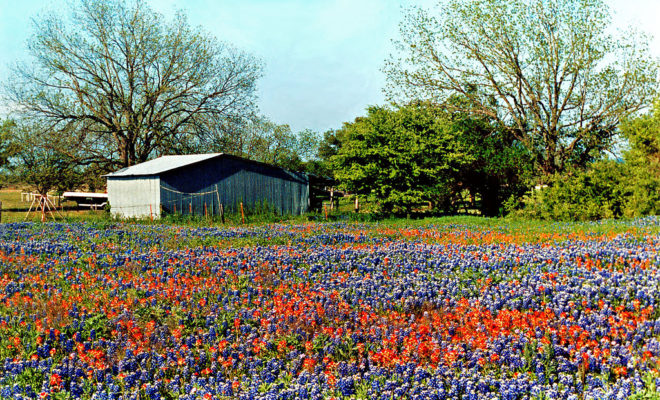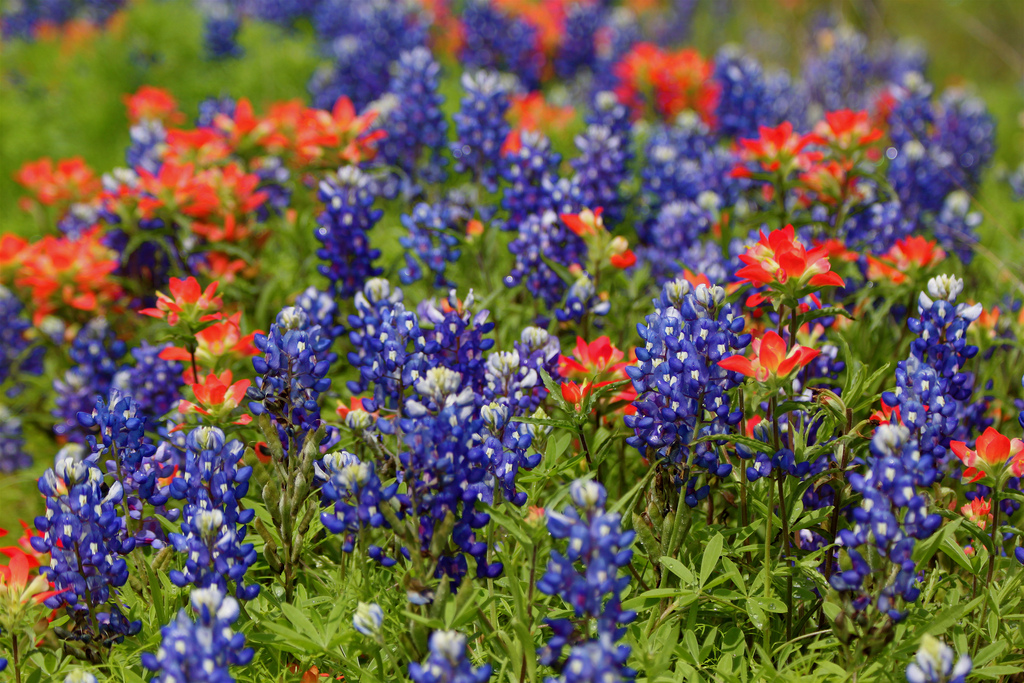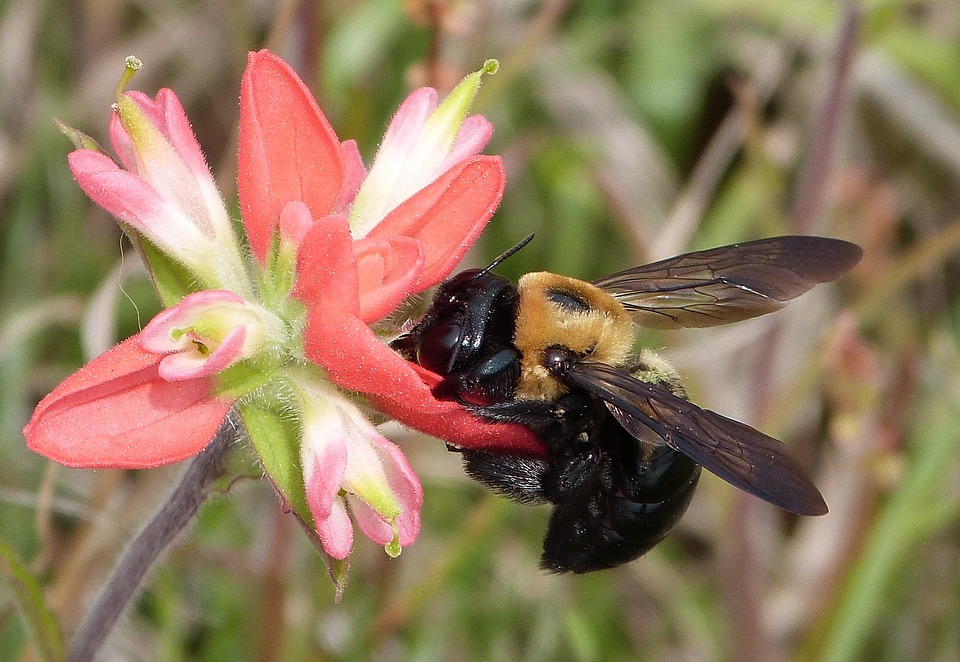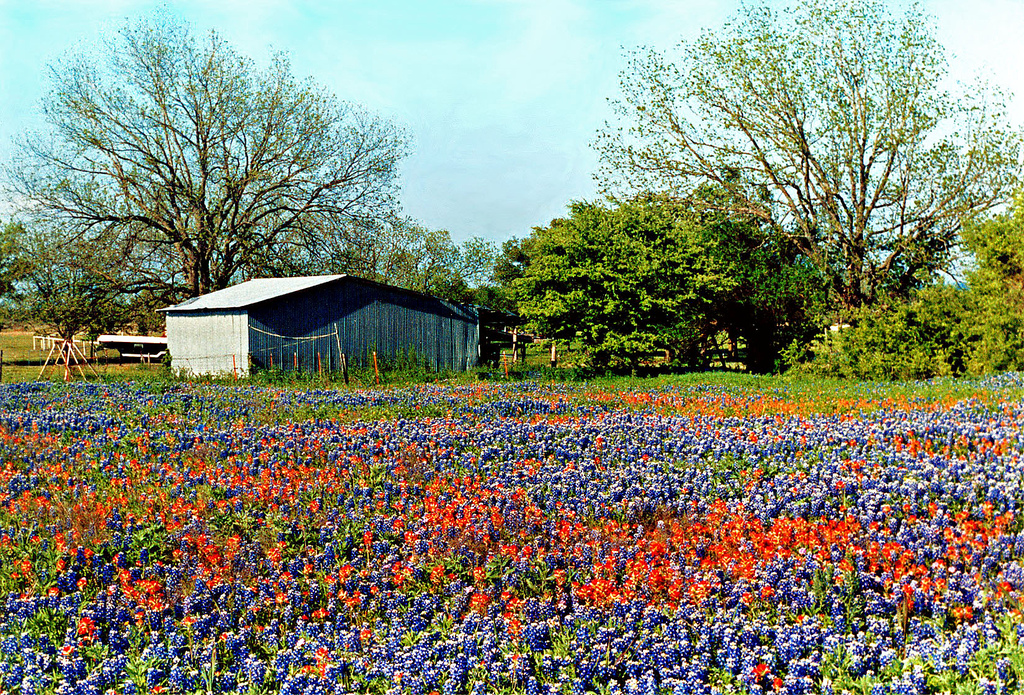 Photo: Flickr/Steven Martin
Photo: Flickr/Steven Martin
Nature
Indian Paintbrush: The Wildflower That Paints the Roadsides
Castilleja, or Indian Paintbrush, is one of the first things (next to bluebonnets) that come to most Texans’ minds when we think of wildflowers. Fields of their vibrant red line roadways every spring. However, this vibrant flower tends to play second fiddle to the bluebonnet, leaving much unknown about the common bloom.
The flower of an Indian Paintbrush is not red.
 Photo: Flickr/Roy Luck
Photo: Flickr/Roy Luck
The flower part of a Castilleja is not, in fact, red. The color that inspired the name “paintbrush” actually comes from bright, spiky bracts that grow surrounding the small, greenish flower. Some variations of the plant grow bracts in yellow and white hues.
Moving an Indian Paintbrush will most likely kill it.
 Photo: Pixabay
Photo: Pixabay
Think again before trying to pick one to grow at home. The roots of an Indian Paintbrush will continue to grow until they run into the roots of the nearest plant. The paintbrush will then use nutrients from the other plant, so it is best for the plant to leave it where it is.
The Indian Paintbrush is native to other states, too.
 Photo: Flickr/Steven Martin
Photo: Flickr/Steven Martin
As residents of the greatest state, Texans tend to claim things as our own, especially when they are as beautiful as the Indian Paintbrush. However, variations of the Castilleja plant are found from Alaska all the way down to South America, and even in parts of Asia. One variation of the paintbrush has even been named the state flower of Wyoming.
Despite these facts, the Indian Paintbrush will most likely always be a staple for spring pictures. It is just one of the many things that make springtime beautiful in Texas!

